Owners of electric vehicles commonly have the same questions and concerns regarding the charging stations their vehicles require. Will my charging station be safe in the rain? How come my car doesn’t charge even when it’s plugged in? Why do different cars charge at different speeds when plugged into the same charging station? This article provides insight into these and more questions that are of concern to EV users.
Why is the appearance so different between slow charging and fast charging stations?
Some slow chargers can be as small as tiny boxes on the wall, while their fast-charging counterparts can be as large as refrigerators. To answer this question properly, let’s break down the functionality of these charging stations.
A slow charger typically uses a standard household outlet, which has an AC voltage of 220 volts. The actual charging occurs through the onboard charger, while the external charger only handles the AC-DC conversion. The connection between the vehicle and the charger includes only power conductors and communications circuits. Due to this simple design and relatively low power output, these charging stations can operate while keeping small in size.
The fast-charging station outputs 380 volts of direct current that charges directly into the battery pack. Because the onboard charger is not wired directly to the charging station, it cannot handle such high voltage. Therefore, the external charger must include a built-in charger and a boost rectifier. Running at a high voltage, this device emits a certain amount of heat, and thus requires additional cooling. If you were to stand next to a fast-charging station, you can often hear the whirring of a fan. Due to the need for all these additional components, the size of these charging stations is much larger.
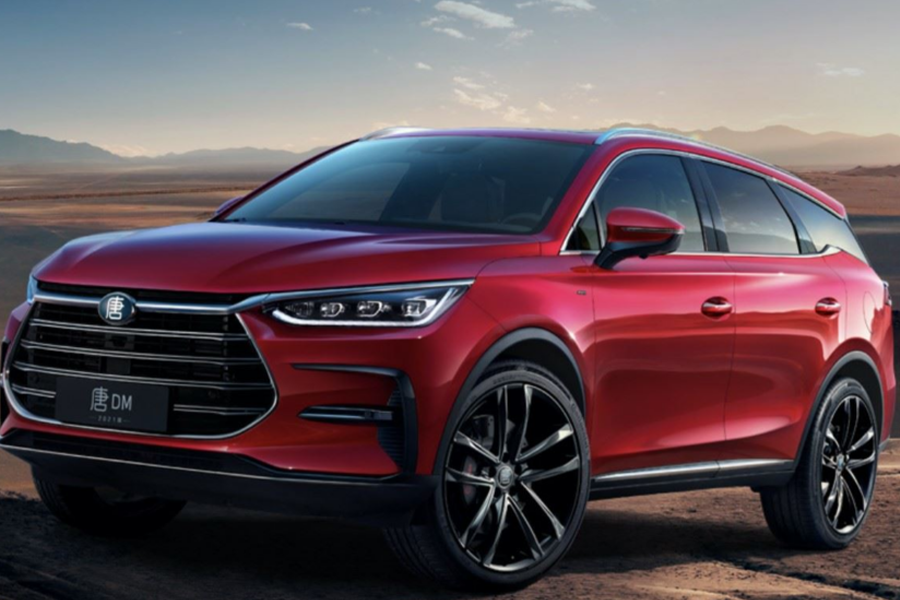
Why does the charging speed vary at different fast-charging stations, while slow-charging stations are all the same?
The answer to this question is simpler than you may think. Let’s go back to how the fast charger works. Since fast charging depends on the charging module of the station, the speed is determined by the power of the charging station and the maximum power the battery pack can handle. More powerful charging stations translate to faster charging. Regarding the slow charging station, the charging is done through the onboard charger. Therefore, even plugged into different charging stations, the same vehicle using the same onboard charger will not differ from station to station.
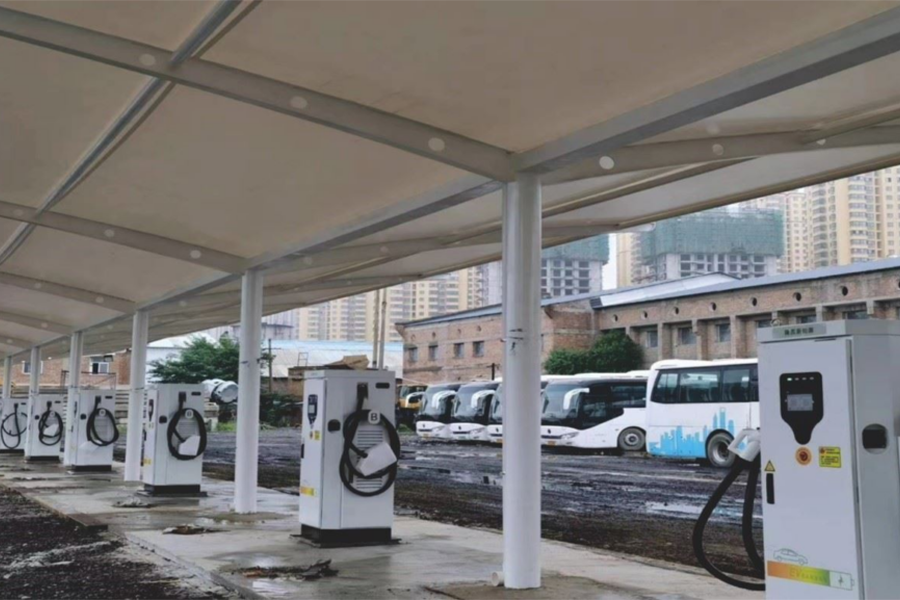
It just won’t charge! Are some stations incompatible?
Charging an electric vehicle is not the same as charging a mobile device. Small electronic devices such as mobile phones can charge as long as the connector types match. The charging of electric vehicles is much more complicated.
Charging an electric vehicle is a highly controlled and coordinated process. Electric vehicles typically operate at a high voltage, high current, and large capacity. The charging station and the vehicle must complete a protocol-based compatibility check before starting the charging process.
When the vehicle is connected and the charging station is activated, a “communication” step must first be completed between the station and the electric vehicle. During this step, several tests are performed, including a leakage check, and the charging station reads the parameters of the vehicle’s battery system.
If the charging station fails to communicate with the electric vehicle, a compatibility issue is detected and the charging process will not start, regardless if the vehicle is correctly connected.
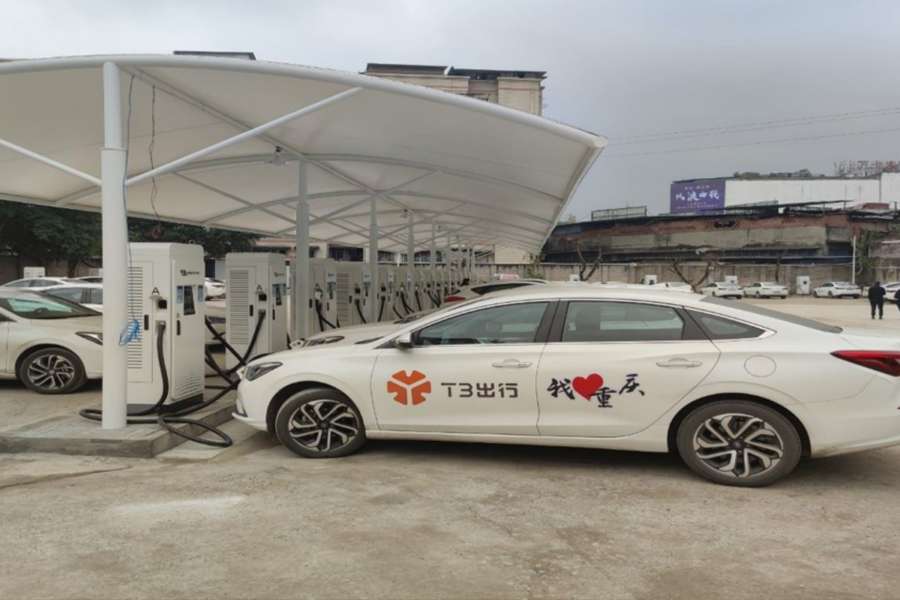
Why do the types of plugs differ on some charging stations?
EV charger plugs can look very different. For example, some operate with two pins while some have three. Different regions such as China, the U.S., and Europe follow their own standards for the application of charger types. Some may have a male plug and female socket while others have the opposite.
The station-side charger plug contains several pins. In most cases, only the thickest pins in the middle are used for charging electricity. The surrounding thinner pins are for communication between the vehicle and the station.
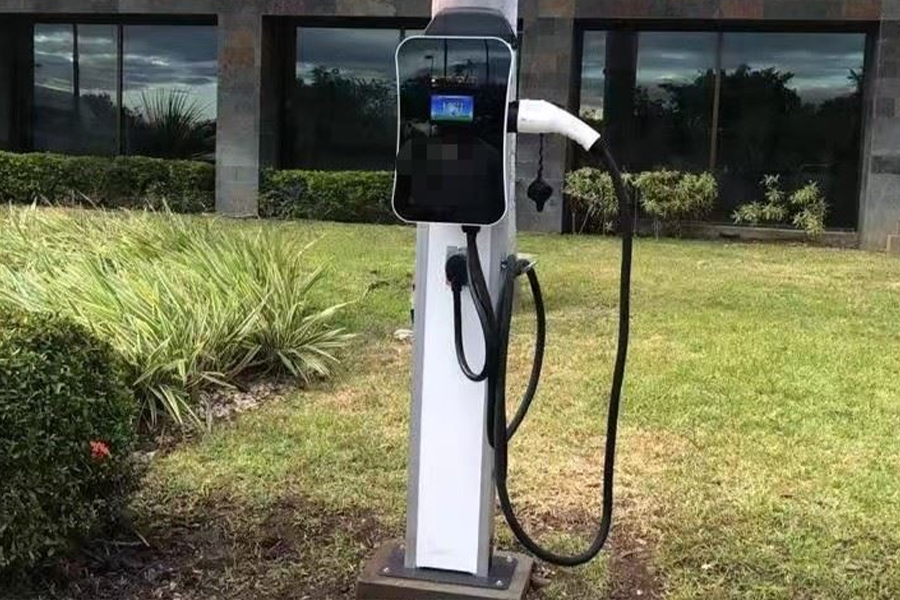
Is it safe to charge a vehicle in the rain?
The answer is yes, as the charging connector is designed to work in a variety of conditions, and when the charger is plugged in, contact is protected by a cover. Charging sockets usually face downward to avoid becoming soaked. In addition, most charging stations come with a leakage protection feature. In the case that a leakage occurs, leakage protection is activated and the power transmission stops.
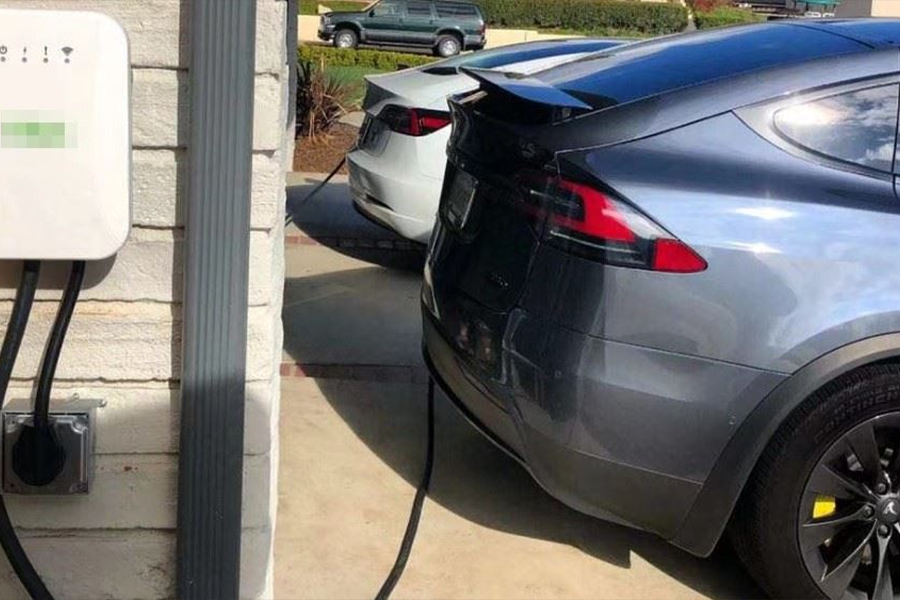
Why are there more slow-charging stations available for use than fast-charging stations?
It all comes down to manufacturing costs. Fast-charging stations have more complex mechanics and thus are more expensive to produce than slow-charging stations. All things included, such as the main unit and accessories, the cost of producing a single fast charging station can easily exceed US $1,500. Meanwhile the cost of producing a much simpler slow-charging station can often cost less than US $1,000.
Secondly, fast-charging stations have higher requirements on the power supply capacity provided by the charging facility. For multiple fast-charging stations to work at the same time, the power supply of the facility has to be much higher than most parking facilities can support.
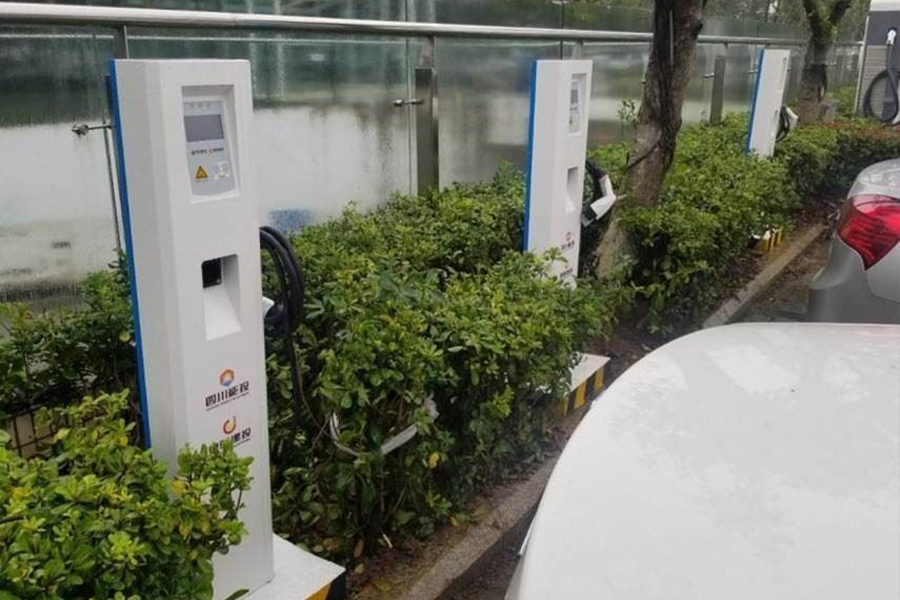
It is important to note that small and large capacity charging stations have different applications depending on the environment. In Shanghai for example, there are more hybrid vehicles than pure electric vehicles. Large-scale construction of fast-charging stations is not practical, as slow-charging stations can handle the demand for plug-in hybrid vehicles.
In Beijing however, pure electric vehicles hold majority of the market share. Slow-charging stations are primarily reserved for residential and household use. The demand for fast-charging stations for public use far outweighs that of public slow-charging stations in Beijing.
When considering the electric vehicle market, keep in mind that there are many different manufacturers, and an industry standard for charging stations has yet to be established.
Disclaimer:The information set forth above is provided by Weeyu independently of Chovm.com. Chovm.com makes no representation and warranties as to the quality and reliability of the seller and products.





 বাংলা
বাংলা Nederlands
Nederlands English
English Français
Français Deutsch
Deutsch हिन्दी
हिन्दी Bahasa Indonesia
Bahasa Indonesia Italiano
Italiano 日本語
日本語 한국어
한국어 Bahasa Melayu
Bahasa Melayu മലയാളം
മലയാളം پښتو
پښتو فارسی
فارسی Polski
Polski Português
Português Русский
Русский Español
Español Kiswahili
Kiswahili ไทย
ไทย Türkçe
Türkçe اردو
اردو Tiếng Việt
Tiếng Việt isiXhosa
isiXhosa Zulu
Zulu